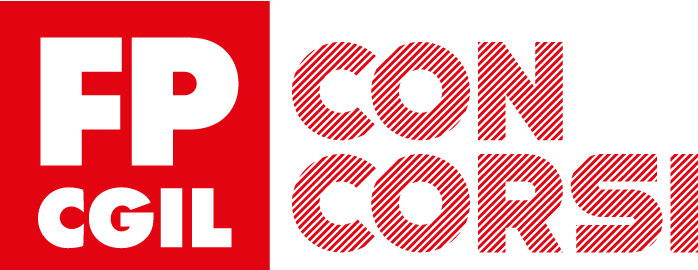Test 4.2
Il test è uno strumento di autovalutazione, finalizzato solo a darti un’indicazione sul tuo grado di apprendimento dei contenuti del modulo. Non è un esempio di prova concorsuale.
Quiz Summary
0 of 10 Questions completed
Questions:
Information
You have already completed the quiz before. Hence you can not start it again.
Quiz is loading…
You must sign in or sign up to start the quiz.
You must first complete the following:
Results
Results
0 of 10 Questions answered correctly
Your time:
Time has elapsed
You have reached 0 of 0 point(s), (0)
Earned Point(s): 0 of 0, (0)
0 Essay(s) Pending (Possible Point(s): 0)
| Average score |
|
| Your score |
|
Categories
- Not categorized 0%
-
Hai completato il test!
- 1
- 2
- 3
- 4
- 5
- 6
- 7
- 8
- 9
- 10
- Current
- Review
- Answered
- Correct
- Incorrect
-
Question 1 of 10
1. Question
La nascita del consenso informato si spiega con:
CorrectIncorrect -
Question 2 of 10
2. Question
“Un processo attraverso il quale le persone, le organizzazioni e le comunità acquisiscono competenza sulle proprie vite, al fine di cambiare il proprio ambiente sociale e politico per migliorare l’equità e la qualità della vita”. È questa la definizione di:
CorrectIncorrect -
Question 3 of 10
3. Question
Il consenso informato deve essere sottoscritto:
CorrectIncorrect -
Question 4 of 10
4. Question
Sono professionisti sanitari:
CorrectIncorrect -
Question 5 of 10
5. Question
Il mandato sociale è definito da:
CorrectIncorrect -
Question 6 of 10
6. Question
La Legge 24 del 2017 mira a:
CorrectIncorrect -
Question 7 of 10
7. Question
L’Osservatorio Nazionale delle Buone Pratiche sulla Sicurezza nella Sanità:
CorrectIncorrect -
Question 8 of 10
8. Question
Con la L. 24/2017 l’adesione alle linee guida evita colpe per i professionisti sanitari:
CorrectIncorrect -
Question 9 of 10
9. Question
La L. 42 del 1999 indica per la prima volta che:
CorrectIncorrect -
Question 10 of 10
10. Question
Il concetto di responsabilità professionale è oggi incentrato:
CorrectIncorrect
